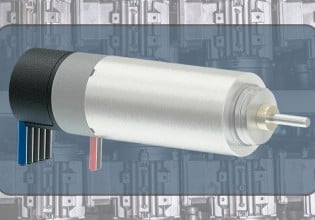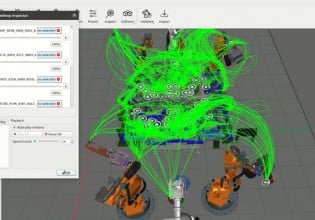Lock-out-tag-out (LOTO) Devices for Industrial Safety
One of the most visible elements of industrial safety is the use of lock-out-tag-out (LOTO) devices, familiar to those with experience. But, if you are new to the workforce, a brief introduction may be helpful.
Machine operators and technicians on any shop floor are familiar with many of the tools used to ensure safe, appropriate workplaces. These include both equipment to be worn to reduce hazards (PPE) as well as various safety tools used on the machinery.
In this article, we will focus on the specific category of equipment used in lock-out-tag-out (LOTO) situations. Although various workplaces may use the tools with slightly different application guidelines, the equipment itself is exactly the same across industries and trades.
Importance of LOTO
Before examining the devices themselves, what is the purpose of these practices in the first place? Simply put, the LOTO process allows energy to be verifiably removed from a situation, preventing any unintended motion or energy discharge as much as possible.
There are a couple of items worth noting.
First, locking and tagging out a machine does not prevent all hazards. For example, gravity would still cause heavy items to fall if not properly supported, or a process relying on high temperatures will remain hot for minutes or hours after a heater is turned off. Some switches only control relays, and although coil voltage is disabled, the contacts may still have power applied. Caution must always be used, and ALWAYS follow your employer’s safety guidelines.
Second, just because a source of energy is deactivated, that does not mean the energy it supplied has been exhausted. For example, an air compressor motor may be locked out, but the contents are still under pressure. You must always follow proper procedures to both lock out the source, but then also discharge any stored energy from pressure, capacitance, or spring/flywheel energy.
LOTO Devices
There is a vast range in shapes and sizes of devices that activate energy, so the assortment of lockout devices is just as vast.
In general, you would most likely need to remove electrical power or fluid/gas power. Narrowing that scope even further, breakers and plugs are the main electrical energy sources, with valves and handles being the main fluid energy sources.
Electrical Lockout
Breaker lockouts are designed to be placed directly over a circuit breaker. These may be similar to the circuit breakers in your panel at home, or they may be 1-, 2-, or 3-pole industrial DIN rail mount breakers.

Figure 1. Circuit breaker lockout device. Image used courtesy of Masterlock

Figure 2. DIN rail mounted circuit breaker lockout device. Image used courtesy of Masterlock
On many rotating or knife-switch style disconnects, the handle is already outfitted with holes that align when the handle is in the OFF position, allowing a secure lock.
Plug lockouts are placed around the end of a plug, as the name suggests. This category includes everything from small 120 v plugs up to high-voltage 3-phase locking plugs.

Figure 3. Plug lockout device. Image used courtesy of Masterlock
Finally, in some cases, it is difficult to isolate a load from the source. Perhaps a panel is located a long distance away, or the wiring is completely hidden. In those cases, it may be necessary to install a lockout switch cover, as shown in figure 4.
Warning for both the switch cover and for the breaker lockouts: if installed improperly, they can actually lock the device in the ON position. Be sure the workplace is verified safe before you expose yourself to a hazard.

Figure 4. Wall switch lockout device. Image used courtesy of Masterlock
Fluid Lockout
Fluid power is usually accessed through disconnecting pneumatic lines or from flow control valves that can be turned on and off.
For the disconnect lines, some devices are designed to clamp securely over the end of the hose, preventing it from being plugged back in; in a sense, this is just the air hose version of a plug lockout.

Figure 5. Hose fitting lockout device. Image used courtesy of Masterlock
Rotating valves are usually either ball valves, which rotate only a quarter-turn with a long straight handle. Or, they are gate valves, which require multiple turns from a more ergonomic rounded handle. This second example is most likely controlling the hose spigots for your outdoor water at home.

Figure 6. Gate valve lockout device. Image used courtesy of Emedco
Locks and Hasps
The final part of the locking out includes the actual locks themselves. Usually, a padlock can be directly plugged into the device, as you can see from many of the figures. However, a hasp can also be used directly on the LOTO device; then, multiple locks can be placed for extra security. This may be useful if a machine requires maintenance from several people, or if multiple inspections must be completed before a return to service.

Figure 7. Disconnect lockout hasp. Image used courtesy of Masterlock
The other piece of LOTO is the “tag out” component. Most lockout kits include the locks, keys, and tag sets assigned to personnel to provide critical documentation about the lockout conditions.

Figure 8. Lockout safety tag. Image used courtesy of Grainger
Summary
Safety is never something to be taken lightly. Upon entering a new job, you will learn about safety guidelines right away, and be expected to strictly adhere to them. Ultimately, it is the responsibility of each individual to follow the rules and assess every situation for hazards to ensure safety for themselves and their team.






